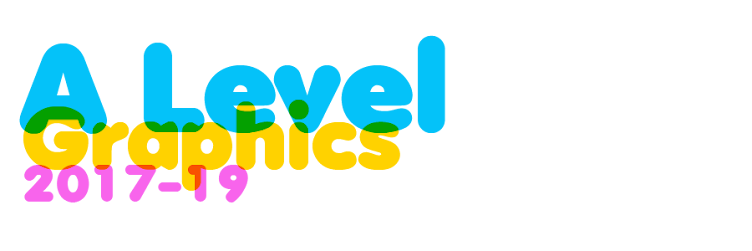
Objective
To source and collect similar artefacts that will act as models and stimulus for your design.
To learn about the conventions of magazine covers and the differences between mainstream and niche design.
Tasks
You are going to produce a few pages of research before you begin designing your own.
1 Collecting
Using the web (Pinterest, google search etc), reference books and actual printed examples, collect together examples of magazine covers and double page spreads (DPSs) that interest you in terms of design.
Use screen grabs from Pinterest... but not just Pinterest!
Tip: go into a town library or CO-OP and photograph the cover and DPSs. Failing that, try WHSmiths in Shrewsbury.
*Print them off in various sizes in readiness for your sketchbook.*
2 Scamps and Annotation
As part of your magazine research presentation, scamp some of the examples that you find. Feel free to use colour. Use the 'Magazine Covers Checklist' HERE to annotate some of the elements of magazine design.
3 Analysis
You might have found that magazines (and indeed other graphic products) fall along a sliding scale from mainstream to niche. The designs reflect this is some way. Often, mainstream design is conventional and straightforward whereas niche products rely on surprising design elements.
Ensure that you include your own personal response. There is a really simple helpsheet called 'Ways Of Looking' HERE
Finally, use your burgeoning analysis skills to discuss:
Contrast, Repetition, Alignment and Repetition. Analysis help is HERE
Deadline
Monday.
Monday.









